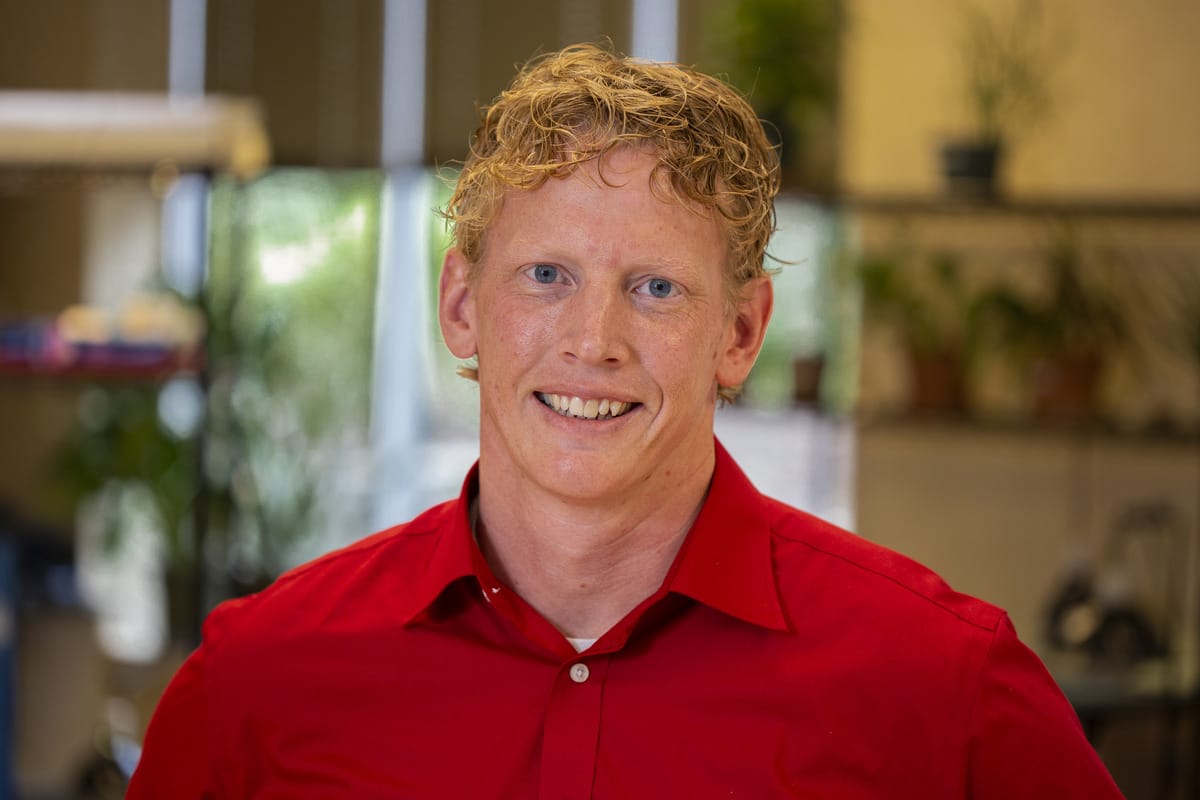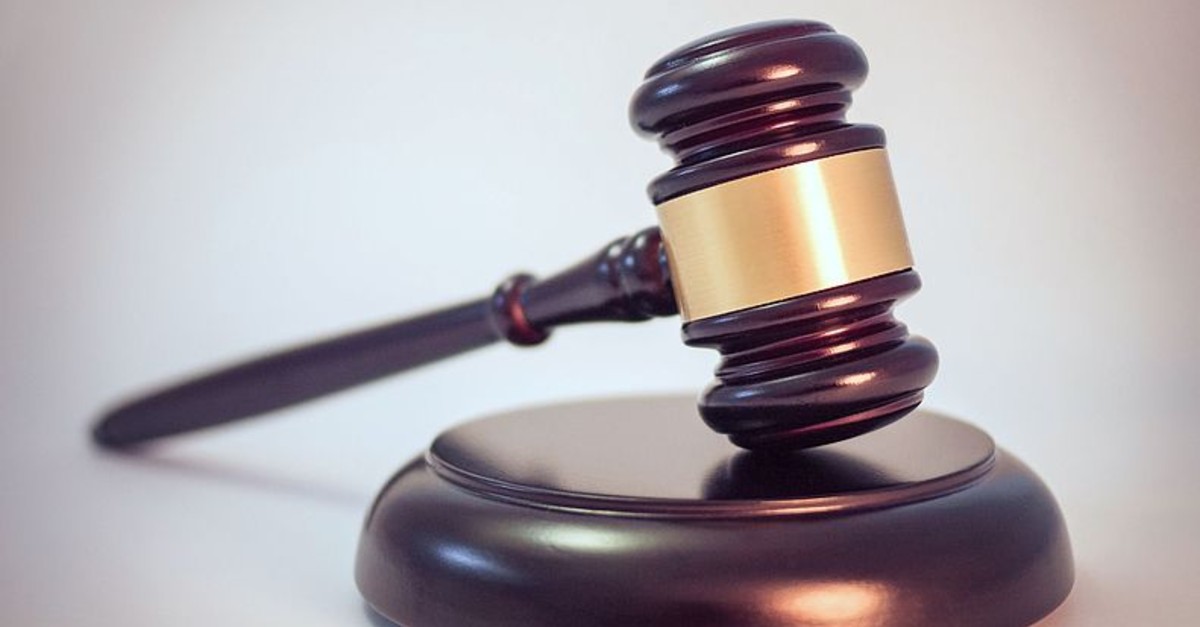“…with liberty and justice for all.”
Many of us have said the words every day for years — but how often do schools reflect those ideals?
This blog recently explored how we can help students exercise their learning freedom — their liberty. But what about justice? What practical steps can teachers take to make their classrooms and schools more equitable?
Understanding Equity, Understanding Justice
The first step is understanding: understanding what equity and justice mean, and understanding the obstacles we face in achieving them.
First, it’s important to differentiate between equity and equality. In education, equality refers to providing identical support to students. Equity, on the other hand, refers to customizing supports so that all students have equitable opportunities to learn.
It’s important to recognize that the playing field of our society still disadvantages many of our students. Kids and their families might face discrimination because of their ethnicity. Learners who live in poverty may lack the tools and resources enjoyed by their wealthier peers. Students who have experienced trauma may require additional help before they can equitably interact with our classrooms.
Equitable practices help bridge the gaps our world has created. Justice takes it one step farther, working against the structures that create those gaps in the first place.
Listen and Learn
The next step toward justice involves recognizing that our own perspectives are inherently limited. People with different experiences might have fundamentally different perspectives on the world.
Consider The Dress. For me, the phenomenon was Earth-shaking; it opened my eyes to the extent to which people might truly, deeply see the world differently. When we recognize the possibility that our subjective experience doesn’t definite reality, we learn the value of listening — of approaching conversations with a mindset that seeks to learn, instead of looking only to defend.
So read up on our world’s most pressing issues, and seek out conversations with people who have a different perspective. Listening for understanding creates fertile ground for empathy; we gain a more complete understanding of our world when we learn to see it through the eyes of others.
Move Toward Action
But all the understanding in the world is of little value if we don’t move from ideas to action — and here is where many well-meaning teachers and schools go wrong. That’s because the world of education isn’t built for action; it’s built for reflection and the slow accretion of knowledge. That’s great when it comes to moving a student from counting in kindergarten to calculus in high school. But that approach sends the horrible message that learning is an inert kind of thing — the kind of thing that sits, unused, on a shelf.
If we truly want our classrooms to promote justice for all, we need to involve our students in impacting the world outside our classrooms. We need to help them be the kind of learners who strive to solve real, practical problems and create a thriving, equitable world.
This means identifying causes that our students care about, then working alongside them to develop plans to make a difference. It means that we integrate academics into our efforts, to show students that academic content can be applicable and powerful. It means that we connect them with communities who are working to address the same challenges, and it means that we follow through with our plans, so that students can see a tangible impact.
Asking for Help
You don’t have to do it alone. Look for support from like-minded educators. Seek out curricular supports that help you and your students make a difference. And reach out to me directly! There’s nothing I like more than connecting with teachers like you — teachers who have a passion for justice.
We hope you’re having a great week. For more free educational resources simply follow this link!
*Image courtesy of Blogtrepreneur via Wikimedia Commons.

